There are some functional tips in This post that describe best way of cleaning the ceramic tiles, including ceramic tile floors, ceramic tile shower, ceramic tile for backsplashes, and ceramic tiles situated elsewhere in your home.
ceramic shower tiles
How to clean ceramic flooring tiles In their kitchens, baths, and entryways, many folks install ceramic tile flooring. Ceramic tiles are visually appealing and durable enough to last for generations. However, incorrect washing may result in discoloration. How to maintain their cleanliness is outlined below.
- Every week, sweep your tile floor twice or three times.
- Once every week, mop the floor with hot water and a little detergent.
- Avoid using abrasive cleaning products and equipment.
- Ceramic floor tiles are most susceptible to abrasions. Regular sweeping will eliminate any dirt, sand, or grit that might harm your floor. Always brush the floor prior to cleaning to remove any sharp particles.
- Regular washing with a mild soap is sufficient to maintain the cleanliness of ceramic floor tiles. Avoid using chlorine bleach, ammonia-based cleaners, and oil-based products. All of these things can damage the tile’s color and finish.
 How to completely clean tile floors Invest in a steam mop if your ceramic floor tiles demand additional maintenance. The steam’s heat is great for removing tough dirt and stains without harming the tiles. Also, it will clean the grout! Steam mops are the most effective tool for cleaning tile floors in the home. They are inexpensive, with a typical model costing between $50 and $100, and have several applications. This makes them more versatile and cheaper in the long run than hiring a tile floor cleaner from a home improvement store. Our specialists declare that this is the most effective tile floor cleaning! How to eliminate ceramic tile grout Since the grout between ceramic tiles is lower than the tile’s surface, typical cleaning methods can often pass over it uncleaned. You may be surprised to see that the grout between your tiles is likely brilliant white. The majority of grout discolors over time due to the accumulation of dirt, but you may rapidly restore its natural appearance by following the steps below. The best do-it-yourself grout cleaning
How to completely clean tile floors Invest in a steam mop if your ceramic floor tiles demand additional maintenance. The steam’s heat is great for removing tough dirt and stains without harming the tiles. Also, it will clean the grout! Steam mops are the most effective tool for cleaning tile floors in the home. They are inexpensive, with a typical model costing between $50 and $100, and have several applications. This makes them more versatile and cheaper in the long run than hiring a tile floor cleaner from a home improvement store. Our specialists declare that this is the most effective tile floor cleaning! How to eliminate ceramic tile grout Since the grout between ceramic tiles is lower than the tile’s surface, typical cleaning methods can often pass over it uncleaned. You may be surprised to see that the grout between your tiles is likely brilliant white. The majority of grout discolors over time due to the accumulation of dirt, but you may rapidly restore its natural appearance by following the steps below. The best do-it-yourself grout cleaning
- ½ cup baking soda
- ¼ cup hydrogen peroxide
- 1 teaspoon of dish detergent
After mixing the components to form a paste, it is applied to the grout. Allow the solution to soak for 5 to 10 minutes before using an old toothbrush or nail brush to scrape the grout. To remove the cleaning solution, use a clean microfiber cloth and clean water. If you choose not to clean tile grout yourself, you may use commercial cleaners instead. Some of the most efficient tile grout cleaners include baking soda and citric acid as basic ingredients. How may grouted ceramic tile be cleaned? After installing fresh grout, there is no better time to clean ceramic tiles completely. Even if excess grout is removed, the cured grout may leave a “grout haze” on ceramic tiles. Eliminating this haze may be challenging, but it is not impossible. After grouting tiles, grout haze must be eliminated between 2 and 10 days afterwards. Too rapidly, and the grout may not have fully cured, perhaps resulting in damage to the tiles. If you wait too long, the grout haze will solidify and become unremovable without the use of industrial-grade solvents. 
ceramic tiles for shower walls
After installation, how should ceramic tile be cleaned?
- Attempt to erase the haze using a damp cloth and clean water in Step 1. Depending on the grout’s hardness, this may be adequate.
- In Step 2, use a rubber grout float. If you did not apply the grout yourself, these are readily available and affordable. Use the float as a squeegee to eliminate any remaining grout and haze.
- Combine one part white vinegar with four parts water in a spray bottle. Spray the tiles thoroughly with cleaning solution, then wipe them down with a microfiber cloth. If these methods fail, look for a professional tile grout cleaner designed to reduce epoxy-caused grout haze. Always follow the instructions while use professional cleaning products.
How to clean ceramic tile in a shower Shower ceramic tiles can be challenging to maintain since they cannot be mopped or steamed. However, there are a number of cleaning chemicals that may be used to keep shower tiles clean and fresh. Check the type of tiles in your shower as a starting point. Due to their slipperiness, glazed ceramic tiles are widely used for shower walls but seldom for shower floors. Always use the appropriate cleaning solutions, especially for natural tiles such as granite and marble. Otherwise, you risk destroying the finish. How to clean ceramic shower wall tiles
- use a squeegee to remove water and soap residue after a shower.
- Remove any dust or dirt with a clean, dry microfiber cloth prior to cleaning.
- Apply a cleaning solution for ceramic tiles to the shower using a spray bottle.
- Scrub the tiles with a cloth or brush.
- Spray the shower with the showerhead, then remove any residue with a squeegee.
White vinegar is the most efficient tile cleaner for shower tiles. Glazed ceramic tiles are safe to use, but natural stone is not; check the finish first! Equal parts white vinegar and water should be combined in a spray bottle and then applied to the tiles. Cleaning the shower’s grout You may clean the grout in your showers and floors using baking soda. Combine half a cup of baking soda with about one-fourth cup of hydrogen peroxide, or as much as necessary to form a thick paste that will stick to the shower walls. Apply the paste to the grout, let it sit for 5 to 10 minutes, and then remove it with a brush. Utilize the shower head to spray clean water on the walls and a squeegee to eliminate any residue from the tiles. Also clean your shower curtain liner! 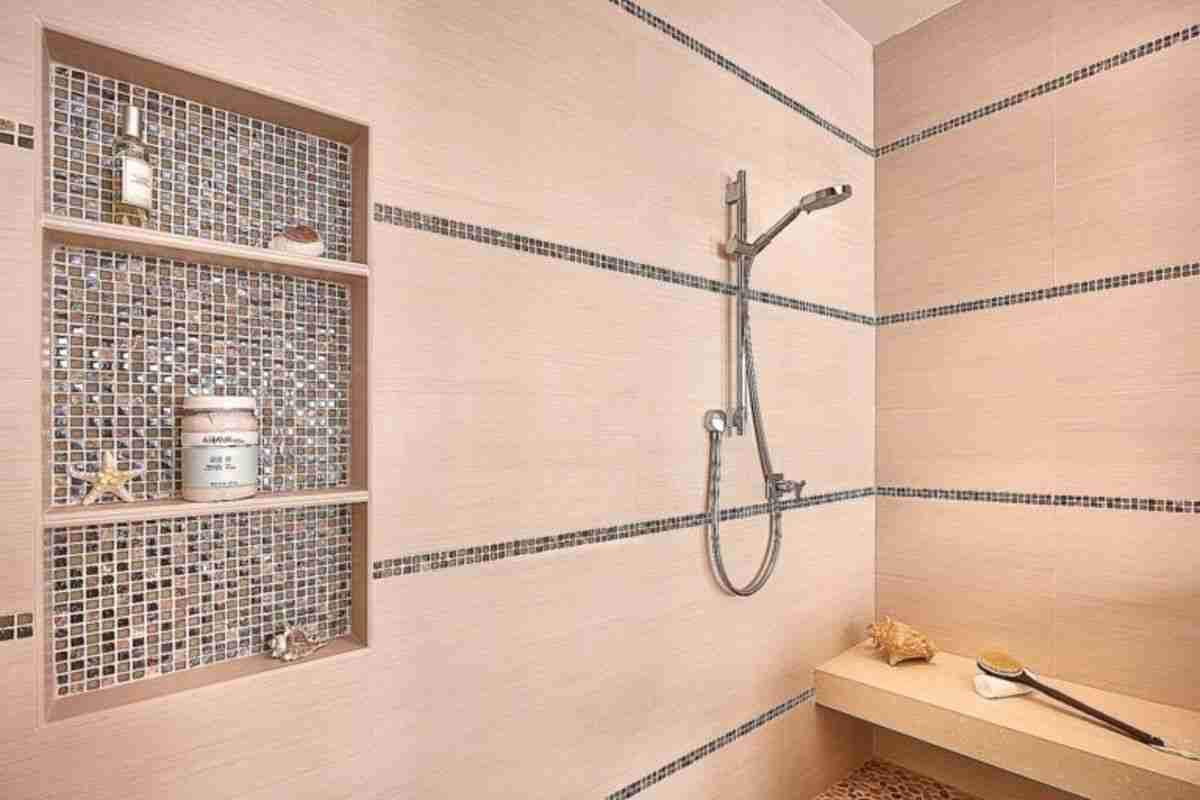
large ceramic tiles for shower
How to clean ceramic bathroom tiles In addition to the shower enclosure and floor, the walls and vanity of many bathrooms are also tiled with ceramic. These may be cleaned just as easily using the methods described above. Utilize a professional tile cleaner or white vinegar to keep your tiles clean. And baking soda and hydrogen peroxide are all that’s required to remove grout between tiles! How do you clean a ceramic tile backsplash? Additionally, ceramic tiles may be used in the kitchen. If you have a tile backsplash, you must keep it immaculately clean to avoid food contamination. In addition, oil can build on kitchen tiles, attracting filth and making it more difficult to clean it. Regular cleaning with soapy water or white vinegar is a fantastic method for preventing this. Both dish soap and vinegar may cut through oil to make its removal easier. If your ceramic tile backsplash is really dirty, combine the following:
- 1 mug of boiling water
- 1 cup baking soda
This will produce a sticky paste. Spread it on the tile and let it to dry. The paste will absorb grease and filth. Then, wipe the tiles with a clean, wet microfiber towel after removing the paste. How should tile be cleaned before being sealed? By sealing your ceramic tiles, you can prevent them from absorbing stains and dirt. However, before to sealing, you must verify that the tiles are thoroughly clean, otherwise you risk permanently sealing in stains. Follow the aforementioned methods to remove any grout haze before continuing. Leave your tiles uncoated for a few days to determine whether any haze forms, as it is uncommon. Confirm that your tile and grout materials need to be sealed and that you have the proper sealant. Different materials require various types of sealants, so be sure! Then, carefully clean your tiles. You may use soapy water, baking soda paste, or diluted vinegar solution. Utilize an alternate commercial detergent. Ensure that the cleaner you choose is suitable for your tile type. 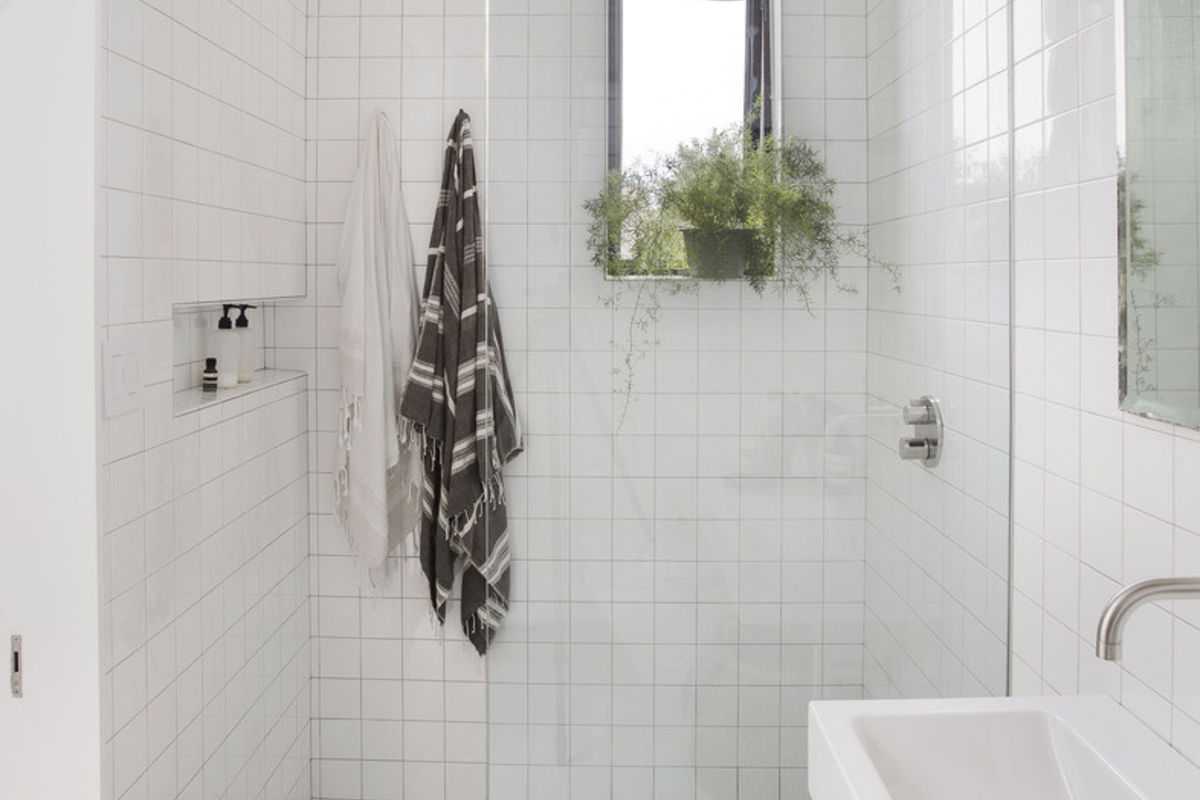 Always wash the tiles with regular water and then dry them thoroughly. This ensures that any cleaning residue has been eradicated. Investing in a steam cleaner is also advisable if you wish to clean your tiles without using cleaning agents that might react with the ceramic or grout. What is the most effective tile cleaner? The suitable tile cleaner for the job will depend on the type of tiles, their location, and the dirt or stain to be cleaned. Among the variables to examine are:
Always wash the tiles with regular water and then dry them thoroughly. This ensures that any cleaning residue has been eradicated. Investing in a steam cleaner is also advisable if you wish to clean your tiles without using cleaning agents that might react with the ceramic or grout. What is the most effective tile cleaner? The suitable tile cleaner for the job will depend on the type of tiles, their location, and the dirt or stain to be cleaned. Among the variables to examine are:
- What substance are the tiles composed of? (ceramic, porcelain, natural stone)
- Whether the tiles are sealed or not
- It must be sealed if the grout is unsanded, fine-sanded, quarry, or epoxy.
- What color are the grout and tile?
You may use a commercial tile cleaner to clean your ceramic tiles, or you can follow the following instructions for cleaning ceramic tile floors with vinegar. Often, the most effective cleaners for floor tiles are the simplest, such as baking soda and white vinegar. Despite their improbability, these home treatments are often as effective as commercial tile cleaners. Learn how to polish and maintain marble floors! Superior floor tile cleaning gear As with cleaning chemicals, the most effective tile cleaner machines tend to be the simplest! A low-cost steam mop completes the operation without causing damage or requiring the use of harsh chemicals that might damage the finish of your tiles. However, the best mop for cleaning tiles does not have to be electric. There are several types of mops on the market, including:
- String mops
- Dust mops
- Flat mops
- Aerosol mops
- Absorbent mops
These mops are each great tile cleaners. If your floor tiles are uneven, a flat mop may not be able to reach between them, especially if the grout is deep.  What materials are incompatible with ceramic tile?
What materials are incompatible with ceramic tile?
- The biggest hazard is posed by chemicals that can ruin the finish of any type of tile. Strongly acidic ingredients, such as citric acid or undiluted vinegar, have the potential to affect the finish. To guarantee tile safety, always dilute cleaning solutions, and never use them on natural stone or unglazed ceramics.
- On ceramic tiles, neither bleach nor ammonia-based cleaners should be used. These compounds are very toxic and will cause harm.
- Not just your cleaning supplies might be harmful. Avoid using any cleaning tools that are harsh or rough. The usage of steel wool, magic erasers, and cleaning sponges may harm your tiles. as well as common dirt! Always sweep tiles prior to cleaning them, especially floor tiles, to remove harmful tiny particles.
- Avoid cleaning products that include colors. Some commercial cleaners may be bright blue, green, or other aesthetically pleasant colors, but the dyes can soak into tiles and discolor them over time.


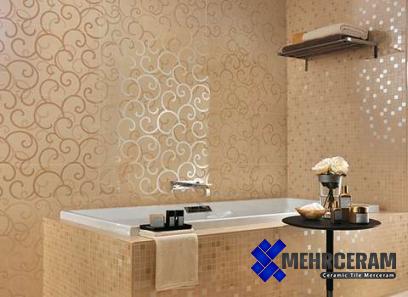


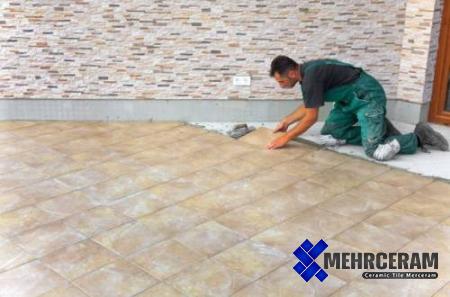

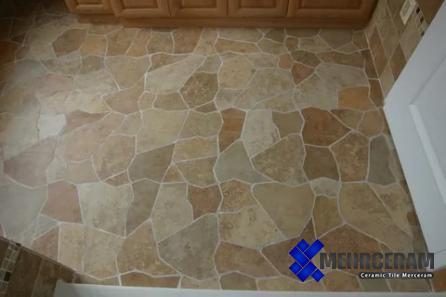


Your comment submitted.